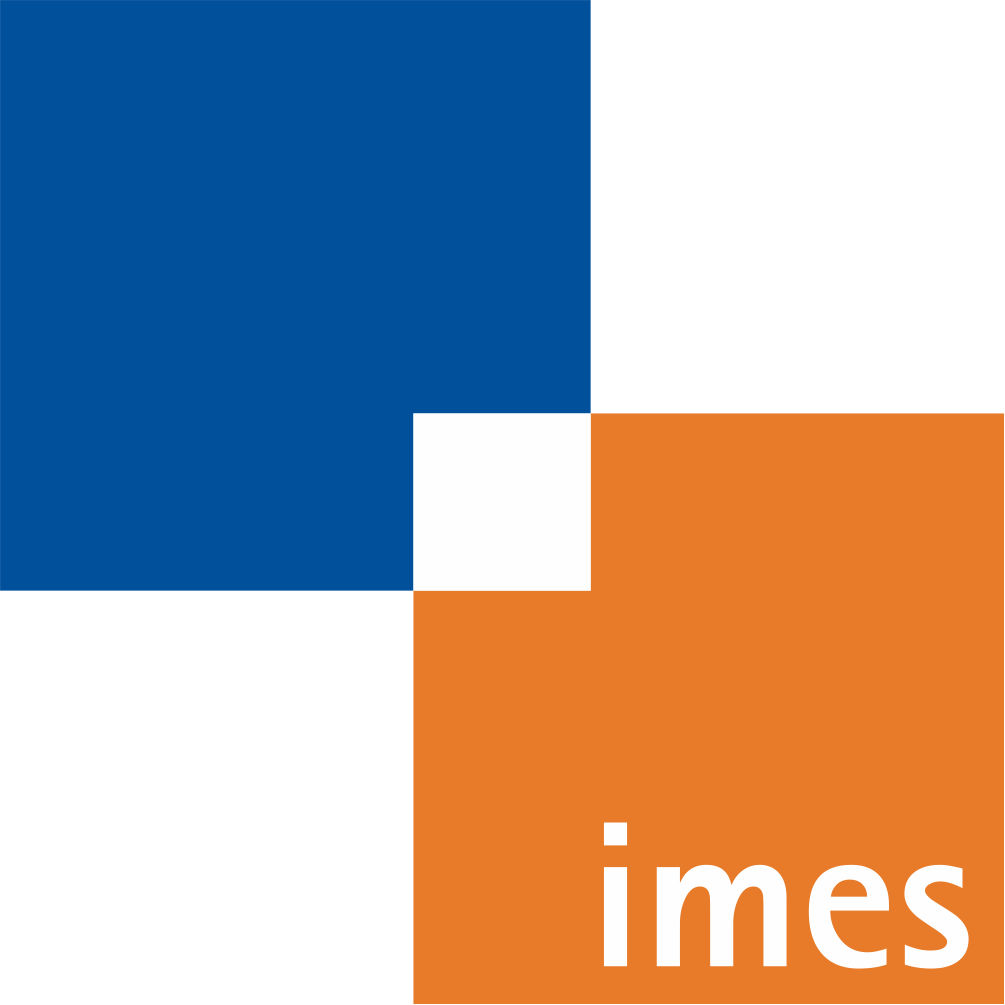A robot-guided minimally invasive approach for cochlear implant surgery
Preliminary results of a temporal bone study
- verfasst von
- Omid Majdani, Thomas S. Rau, Stephan Baron, Hubertus Eilers, Claas Baier, Bodo Heimann, Tobias Ortmaier, Sönke Bartling, Thomas Lenarz, Martin Leinung
- Abstract
Purpose: The aim of this study was to create an access canal to the inner ear, by drilling, and perform the cochleostomy for cochlear implant surgery using robot guidance. Methods: A robot, a surgical drill and an Image-Guided Surgery (IGS) system were combined in a closed-loop setup. Ten temporal bones were scanned at the planning stages of the procedure. The robot guided the drill along the preplanned trajectory and created the approach. Postoperative scans were obtained. Results: The cochleostomy was performed completely in nine out of ten cases. This did not prove possible for one of the specimens, the target site selected being in too superficial a location in relation to the round window. No violation of the facial nerve took place, although the chorda tympani nerve was violated in one case and the stapes in two. It was obvious during preoperative planning that these structures would be violated, but this was accepted in order to maintain a safety margin from the facial nerve. No other unforeseen damage occurred. Conclusions: This preliminary study suggests that robot-guided drilling of a minimally invasive approach to the cochlea might be feasible, but further improvements are necessary before any clinical application becomes possible. Where the width of the facial recess is less than 2.5 mm, the chorda tympani nerve and the ossicles are at risk.
- Organisationseinheit(en)
-
Institut für Mechatronische Systeme
- Externe Organisation(en)
-
Medizinische Hochschule Hannover (MHH)
Deutsches Krebsforschungszentrum (DKFZ)
- Typ
- Artikel
- Journal
- International journal of computer assisted radiology and surgery
- Band
- 4
- Seiten
- 475-486
- Anzahl der Seiten
- 12
- ISSN
- 1861-6410
- Publikationsdatum
- 2009
- Publikationsstatus
- Veröffentlicht
- Peer-reviewed
- Ja
- ASJC Scopus Sachgebiete
- Chirurgie, Biomedizintechnik, Radiologie, Nuklearmedizin und Bildgebung, Maschinelles Sehen und Mustererkennung, Gesundheitsinformatik, Angewandte Informatik, Computergrafik und computergestütztes Design
- Elektronische Version(en)
-
https://doi.org/10.1007/s11548-009-0360-8 (Zugang:
Unbekannt)
